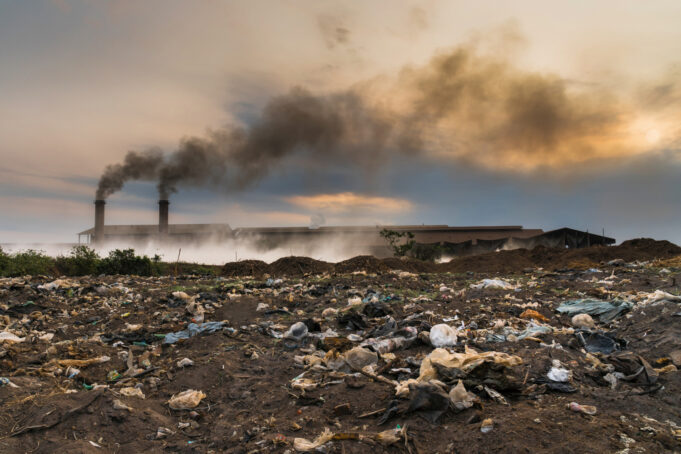Perfluorinated alkyl substances (PFAS), often dubbed “forever chemicals,” have become a major environmental concern due to their persistence and bioaccumulation. These compounds have been found in a wide range of products, from non-stick cookware to firefighting foams, and recent research has shed light on another significant source of PFAS contamination: waste incineration.
The Persistence of PFAS in Waste Incineration
A new study by Sofie Björklund, a doctoral student at Umeå University, has revealed that PFAS can survive the high temperatures of waste incineration and continue to spread into the environment. Despite the incineration process, these “forever chemicals” can be found in the ash, condensate, and flue gases emitted by waste-to-energy plants.
The study identified short-chain PFAS as the most common type of PFAS found in the byproducts of waste incineration. This is particularly concerning because short-chain PFAS are highly mobile in water and difficult to capture once they enter the environment. Understanding the breakdown products of longer-chain PFAS is essential for developing effective mitigation strategies.
Sources Contributing to PFAS Contamination
The addition of sewage sludge to waste fuel can significantly increase PFAS emissions from incineration plants. This finding highlights the importance of careful consideration of waste composition and treatment processes.
Waste-to-energy plants are not the only source of PFAS emissions. Firefighting training sites, wastewater treatment plants, and other industrial facilities also contribute to the contamination of our environment. Addressing the issue of PFAS requires a comprehensive approach that targets all significant sources.
What Can Be Done?
While flue gas cleaning can reduce PFAS emissions, the effectiveness varies depending on the specific PFAS compounds. The study found that wet flue gas treatment removed an average of 35% of total PFAS. However, more advanced cleaning technologies may be necessary to achieve significant reductions.
To minimize PFAS emissions from waste management, it is essential to have better end-of-life planning for products containing these chemicals. This includes developing strategies for recycling, reuse, or safe disposal.
Future Research Direction
The research team plans to expand their studies to investigate the conditions under which PFAS breakdown might occur and to identify the resulting breakdown products. This information will be crucial for developing more effective PFAS removal technologies. Additionally, further research is needed to explore the long-term environmental and health impacts of PFAS exposure.
The Implications of PFAS Contamination
The widespread contamination of PFAS has significant implications for both human health and the environment. Studies have linked PFAS exposure to various health issues, including:
- Liver damage
- Kidney problems
- Reproductive system disorders
- Cancer
Furthermore, PFAS can contaminate drinking water sources and accumulate in aquatic ecosystems, posing a risk to wildlife and human health.
Addressing the PFAS crisis requires a strong regulatory framework. Governments should implement strict regulations to limit the production, use, and disposal of PFAS. Additionally, investments in research and development are necessary to develop innovative solutions for PFAS removal and remediation.
The persistence of PFAS in waste incineration is a growing concern. While this recent study provides valuable insights into the behavior of these chemicals during the incineration process, more research is needed to develop effective mitigation strategies. Addressing the issue of PFAS contamination requires a multi-faceted approach that involves reducing emissions from all sources, improving waste management practices, and developing innovative technologies for PFAS removal.
SOURCES: Phys.org, Agency for Toxic Substances and Disease Registry





